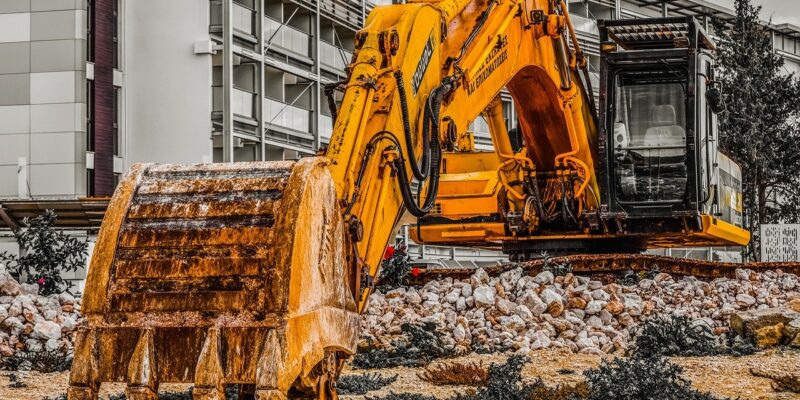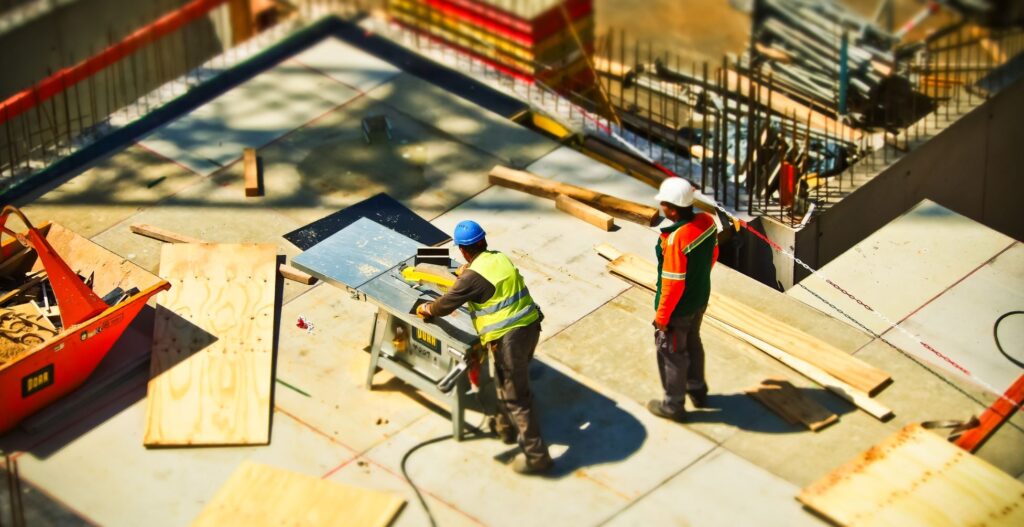There’s no doubt that advances in technology have made our lives easier. From medicine to smart phones, we’re right in the middle of the technology revolution! The heavy equipment world is no different. Check out these 4 innovations that have helped improve project safety dramatically in recent years.

No More Taglines
The modern crane assistance device Torquer offers a patented remote-controlled orientation system, HALO (Hands free Autonomous Load Orientation). The tool eliminates the need for taglines or workers directing from the ground, so fewer workers will be injured in accidents. Easy to install and operate, with a 20Te capacity, this is one technology to watch out for!
Identify Risk Early
Flipping the switch over to high-tech, new Artificial Intelligence (AI) capabilities allow trained computers to identify risk factors on a job site before anyone sets foot on it, during work, and after construction. One AI engine, “Vinnie,” analyzed millions of job site photos and videos to then be able to recognize hazards like standing water, ladders, lack of protective equipment, material and structural defects, and more.

Protect Workers
Robotic, powered exoskeletons will dramatically change the construction industry by lifting the burden off workers, site managers, and recruiters alike. Imagine Iron Man, but without the evil villians – this wearable exoskeleton allows a single individual to match the productivity of a whole team while avoiding injuries or accidents. Reducing the load on the individual also opens up the role to a wider range of individuals, expanding diversity in the field and helping recruiters.
Aerial Drone Inspections
Drones are utilized more and more in the construction world to view and assess the structural integrity of work sites and cranes. Drones also help workers reach small spaces, see potential obstacles or hazards, and identify needed equipment or materials. Having better visuals on the front side allows projects to run more smoothly and safely.
Technology is advancing every day and we can’t wait to see what new tools come out next!




